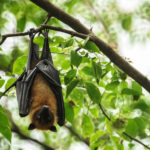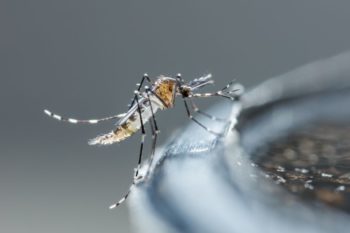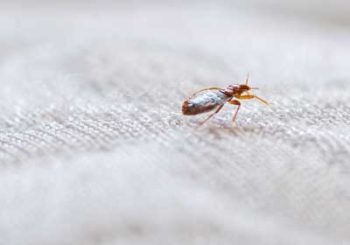
Learn about how the lighting scheme outside your house is related to pest control with these helpful tips. You’ve probably heard the cliche, “Like a moth to a flame,” before. But have you ever really thought about that sentence? Have you ever wondered why moths (and other flying things) are attracted to light sources? A lot of people are in the dark about outdoor lighting.
Well, here’s some illumination for you.
The lighting scheme outside your home affects how susceptible your home is to a pest invasion. Not only will flying bugs be attracted to lights, but spiders, scorpions, and bats may become attracted to the bugs that became attracted to your home because of your outdoor lighting.
On a balmy summer night, it’s normal to see bugs swarming around a light. It’s not unusual for a moth to fly inside a house after hanging out at the door waiting for such an opportunity. These two common pest problems–and many others–can be prevented.
Here are a few Bug Basics when it comes to outdoor lighting:
* Many pests are attracted to fluorescent bulbs. That kind of lighting may strain our eyes. Alternatively, it makes bug eyes happy.
* Some insects are picky about their lighting. They may only be attracted to your home on an idle Thursday evening at 11:14 p.m. in June when it’s 67 degrees. Seriously. Others may like your lighting all night, every night.
* Male insects may love the way you’ve lit up your house and be attracted to it. While some female insects couldn’t care less. Isn’t that funny?
* Some insects only like your lights if they produce a lot of heat. What do they think it is, a tanning bulb, or something?
Knowing what you know now, here’s how you can adjust your outdoor lighting setup.
* Though they aren’t as bright or as attractive to humans, tinted lights attract fewer bugs. Install lights with a yellow, pink or orange hue. If it helps, pretend it’s like Christmas in July with all of your colored lights.
* If you have accidentally set up a pest tanning bulb boutique outside your backdoor, replace high-heat-halogen and incandescent bulbs with bulbs that produce less heat.
* Consider indirect lighting. Meaning, install lights that aren’t right above your doorway. Set up lights 15 to 20 feet away from your doorway that shine on your door.
* Use curtains on the windows of the rooms you hang out in at night. Even interior lighting is attractive to pests.
* Avoid shining bright lights on white walls, especially near water. Light + White Walls + Water = No Good
* To avoid the bugs that only come out at dusk (i.e. midges) set up your lights to come on two hours after the sun goes down. Pull out that trusty Christmas tree light timer and set it up with your hue lights that we wrote about earlier.
While you’re spending more time outside in the evenings, observe the pest activity near the lights outside your house. If you notice an abundance of pests hovering around one of your light sources, give us a call. We can talk through solutions to your lighting scheme.
Need a Pest Control Estimate?
We'll call you! Leave your information below.
Like a Moth to a Flame: Illuminating How Outdoor Lighting Affects Pests in Your Home in Central Tennessee
Serving Central Tennessee





